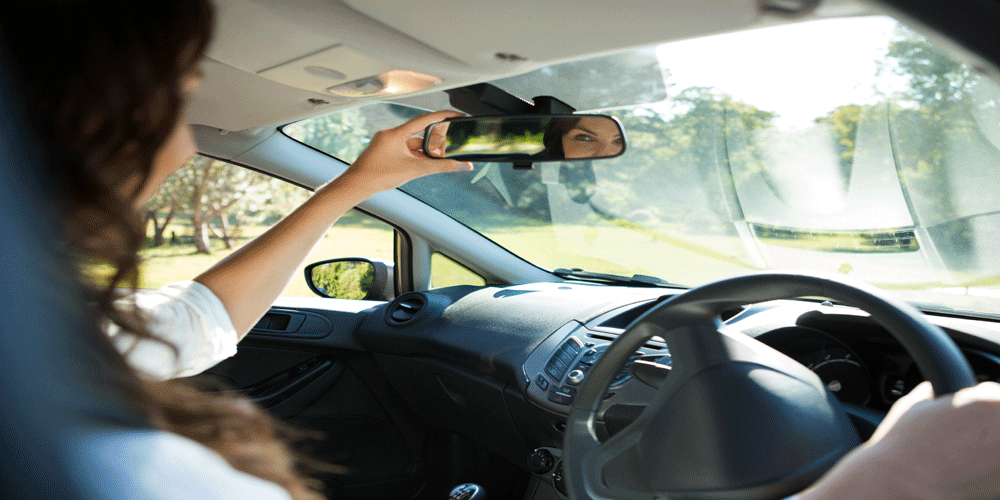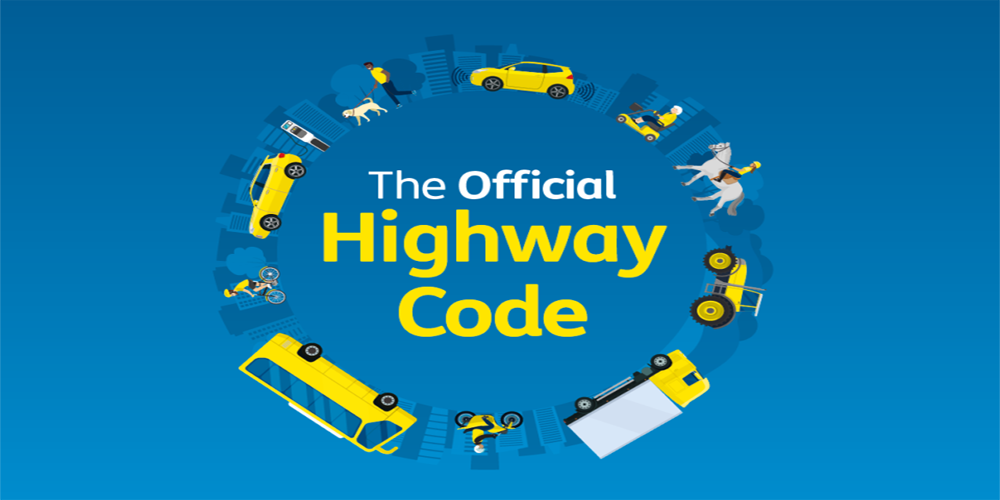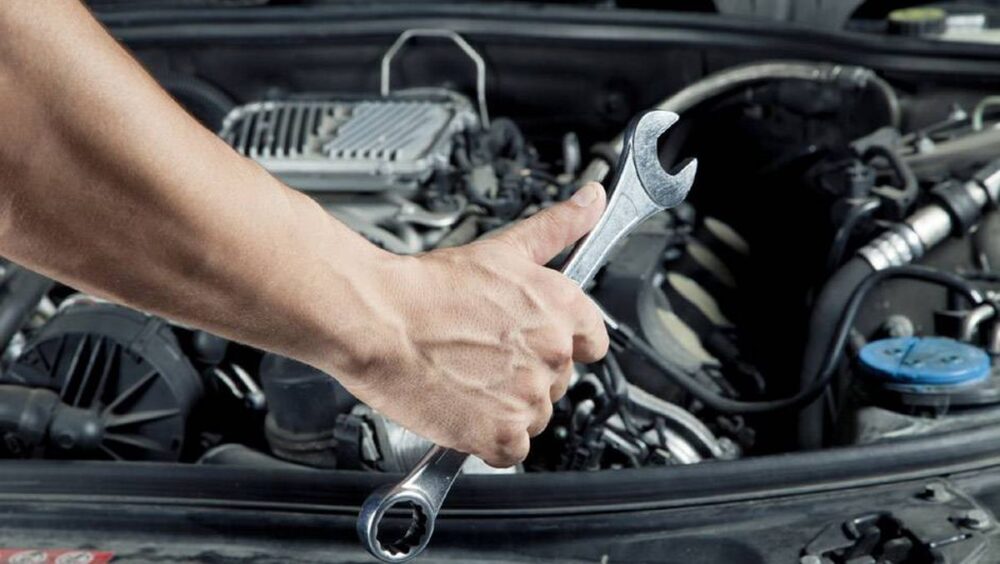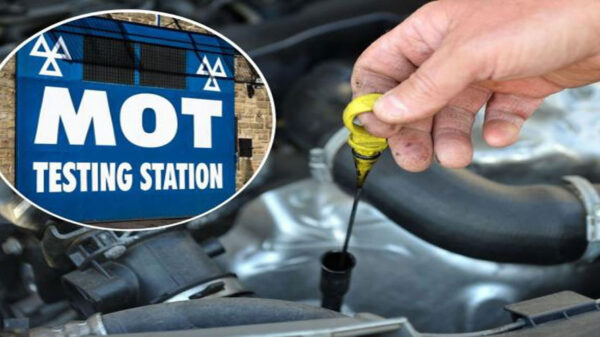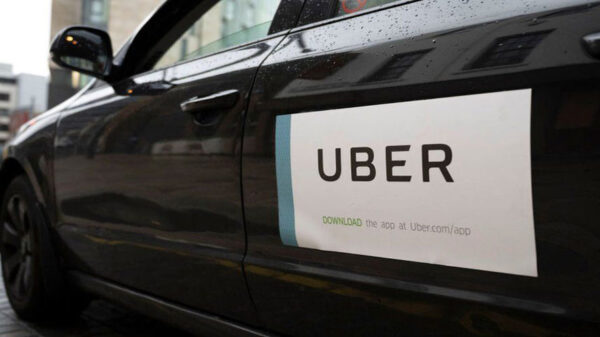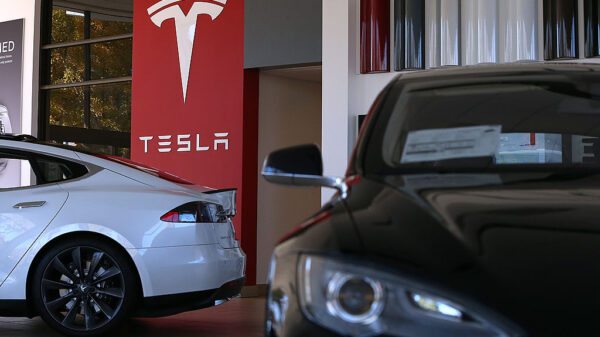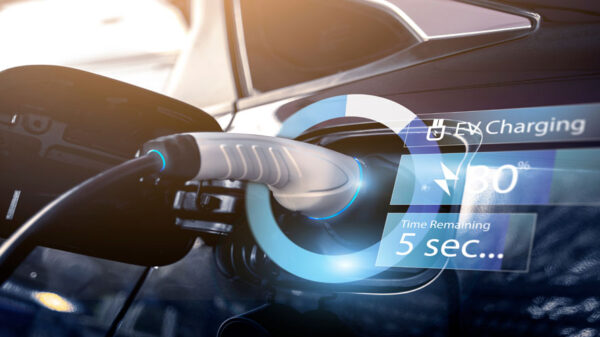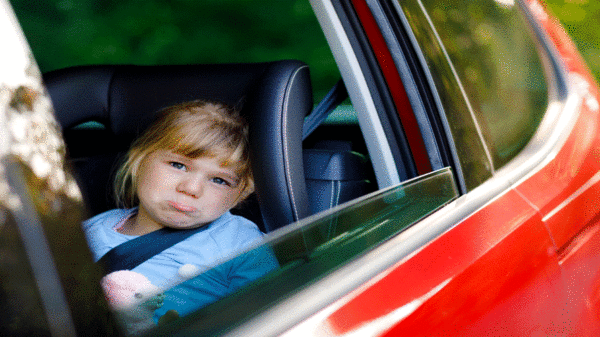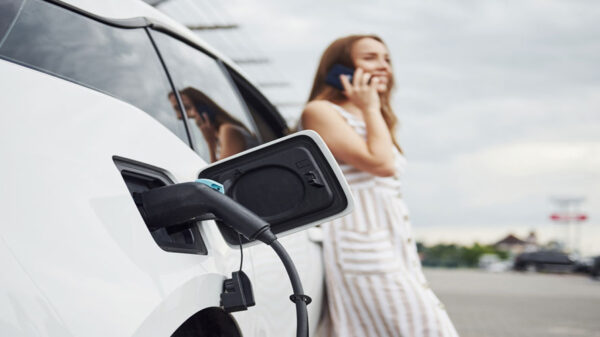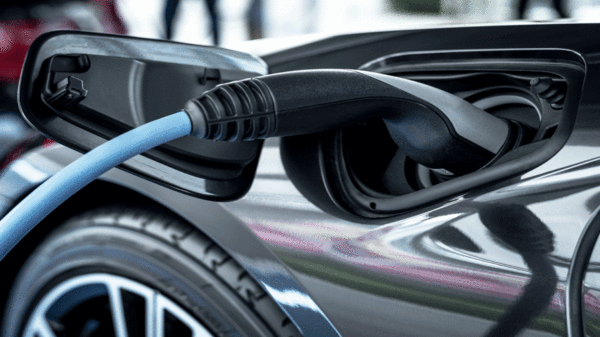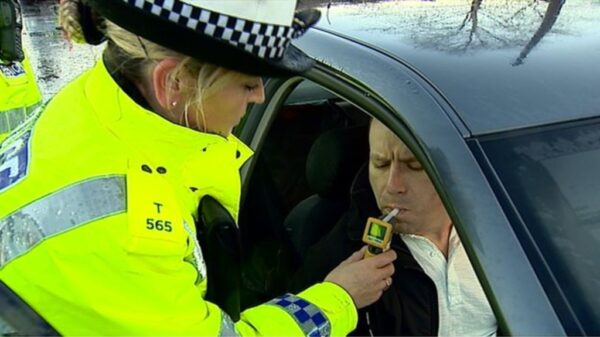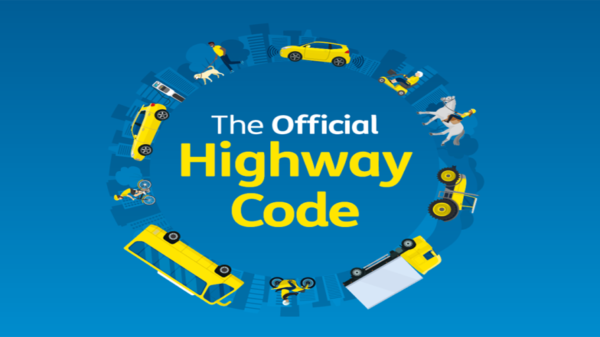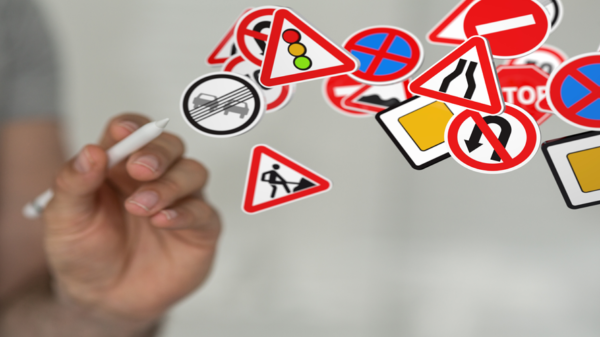In an era where environmental consciousness is gaining momentum, achieving optimal fuel economy has become a significant goal for many drivers. Not only does it help save money at the pump, but it also reduces our carbon footprint and promotes sustainability. By adopting a few simple practices and making conscious choices, we can maximise fuel efficiency while enjoying our journeys on the road. In this post, we will explore some practical tips to help you achieve the best fuel economy when driving your vehicle.
Maintain Proper Tire Pressure:
Ensuring that your tires are properly inflated is crucial for optimal fuel efficiency. Underinflated tires increase rolling resistance, which results in more fuel consumption. Check your tire pressure regularly, at least once a month, and inflate them to the recommended level specified in your vehicle’s manual. Properly inflated tires not only improve fuel economy but also enhance safety and tire longevity.
Smooth and Steady Driving:
Aggressive driving habits, such as rapid acceleration, hard braking, and excessive speeding, can significantly impact fuel efficiency. By adopting a smooth and steady driving style, you can optimise your vehicle’s fuel economy. Gradual acceleration, maintaining a consistent speed, and anticipating traffic conditions to avoid unnecessary stops and starts will all contribute to better fuel efficiency.
Avoid Excessive Idling:
Idling is a common habit that wastes fuel unnecessarily. If you anticipate being stationary for more than a minute, it is more fuel-efficient to turn off the engine. Whether you’re waiting at a long traffic light or picking someone up, reducing idle time will help you conserve fuel.
Remove Excess Weight:
Carrying unnecessary weight in your vehicle increases fuel consumption. Take some time to declutter your car and remove any items that are not essential for your journey. A lighter vehicle requires less energy to move and results in improved fuel economy.
Plan Efficient Routes:
When possible, plan your trips to avoid congestion and heavy traffic. Idling in traffic not only wastes time but also consumes fuel. Utilise navigation apps or devices to find the most efficient routes, taking into account traffic patterns, road conditions, and alternative options. By minimising time spent in traffic, you can optimise fuel efficiency and reduce stress on the road.
Use Cruise Control:
Cruise control is a valuable feature that helps maintain a consistent speed, particularly on long highway journeys. It reduces unnecessary fluctuations in speed, leading to improved fuel economy. However, be mindful of using cruise control in hilly terrain, as it may cause the vehicle to downshift and consume more fuel.
Regular Vehicle Maintenance:
Proper vehicle maintenance is essential for achieving the best fuel economy. Regularly service your vehicle according to the manufacturer’s recommendations. Pay attention to tasks such as oil changes, air filter replacements, and spark plug inspections. A well-maintained vehicle operates more efficiently and consumes less fuel.
Achieving the best fuel economy when driving your vehicle requires adopting a mindful approach and making conscious choices. By implementing these practical tips, such as maintaining proper tire pressure, adopting smooth driving habits, avoiding excessive idling, removing excess weight, planning efficient routes, using cruise control, and regularly maintaining your vehicle, you can significantly improve your fuel efficiency. Not only will this save you money in the long run, but it will also contribute to a cleaner and greener environment for all. Drive responsibly, conserve fuel, and enjoy the benefits of a more fuel-efficient vehicle.


